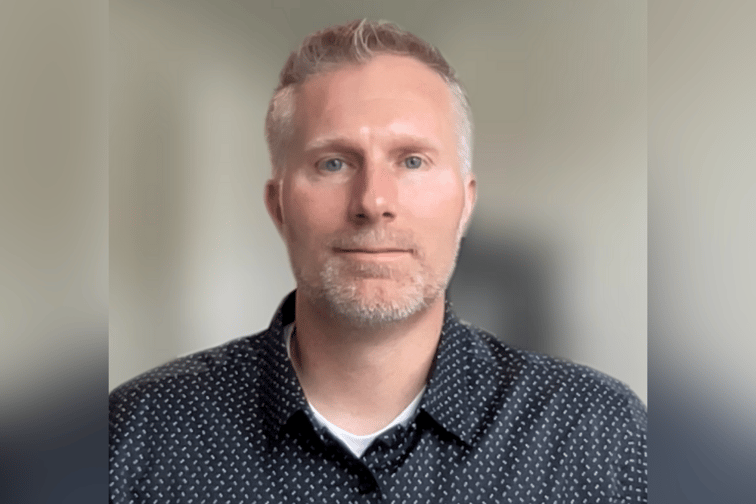

As Pathpoint’s top technology executive, Mike Hagberg (pictured) views his job as being all about solving problems.
“As a technologist the goal is always to produce a solution … that solves a real-life problem,” said Hagberg, vice president of engineering for Pathpoint, a start-up focused on building what it describes as “the first open, digital E&S brokerage.”
Essentially, Pathpoint streamlines the placing of small commercial E&S insurance accounts. It is drawing some early industry interest.
Bold Penguin recently announced it would pursue a small commercial integration with Pathpoint. The partnership deal, disclosed on Feb. 25, will help expand Bold Penguin’s capacity by delivering streamlined access to Pathpoint’s non-admitted products to users of the Bold Penguin Terminal. Bold Penguin, launched in 2016, is a commercial insurance technology provider with products including its commercial insurance quoting platform.
Hagberg, who joined Pathpoint at the end of January, and was previously director of software engineering at SoFi, is a cheerleader for Pathpoint and what it is trying to build.
“Pathpoint is a great example of [developing solutions to real-life industry problems] where the E&S insurance industry has always typically been something very hard to solve, so hard that people felt like it couldn’t be solved with a computer system,” Hagberg said. “Being able to find technology solutions, to do just that, really, is opening up a brand-new market in the insurtech space.”
His goal, in other words, is to help Pathpoint solve problems in E&S insurance.
“My job is to help facilitate the engineering processes to make that possible, everything from creating a great company culture to evaluating our technology stack and figuring out how to improve and make it better,” he said, by working with key people on his team.
At the time, CEO and co-founder Alex Bargmann pointed out that the E&S market was one of the few segments of commercial insurance “that has not been effectively digitized in any meaningful way.” Money from the funding is being used to invest in software engineering, R&D and for growing and scaling the company.
Hagberg describes Pathpoint as a technology service that streamlines the placement of small commercial insurance accounts for retail insurance agents.
The technology is all about building on APIs that let Pathpoint take in data and apply it to the “appetite” that carriers and others have, giving it to them in a streamlined way.
There’s plenty to streamline, Hagberg said, including the entry of account records – a standard carrier requirement that creates duplication, Pathpoint is trying to help agents avoid.
Pathpoint’s technology relies, in part, on a decision engine as well as API open-source language GraphQL to help facilitate its processes.
As Pathpoint’s main technology officer, Hagberg focuses on keeping things simple and direct with the tech experts on his team.
“My goal is to create relationships with not only my engineering managers but with the engineering team, to help them facilitate strong relationships and partnerships to enable them to build a very robust [and scalable] system,” he said.
He described his approach as wanting to “give the keys of the car to my engineers and to my teams” so they can be empowered to make the company’s goals happen, but also have good processes in place so they can learn from errors, address them and build products that endure.
There’s also a priority on keeping technology easy to use for agents.
“From an agent’s point of view, we are streamlining their workflow because they don’t have to re-enter data over and over again,” Hagberg said.
Beyond that, Pathpoint is developing a question set for its technology that is designed to be more accurate and precise than what’s out there, so the company “can get to the nuances of what really meets a carrier’s appetite” in terms of data needs.
Ultimately, Hagberg said a vice president of engineering or CTO/executive equivalent must take a step back and look at the big picture about goals and objectives.
“What will happen if we implement these systems? What kind of one-way door decisions do we want to avoid so we’re always looking for the right choices? If it’s a one-way door, then that’s going to be a very costly decision,” Hagberg said.
Instead, a tech executive should focus on things that include user testing, and interviews with customers and clients to make sure their needs are understood before making steps that could change their lives in a less than ideal way, Hagberg noted.
“Measure each step along the way to avoid any big steps in the wrong direction that can be really costly as a company,” he said. “Any technologists in the industry, whether its insurance or any other industry, that’s one of the things you really have to look at.”
